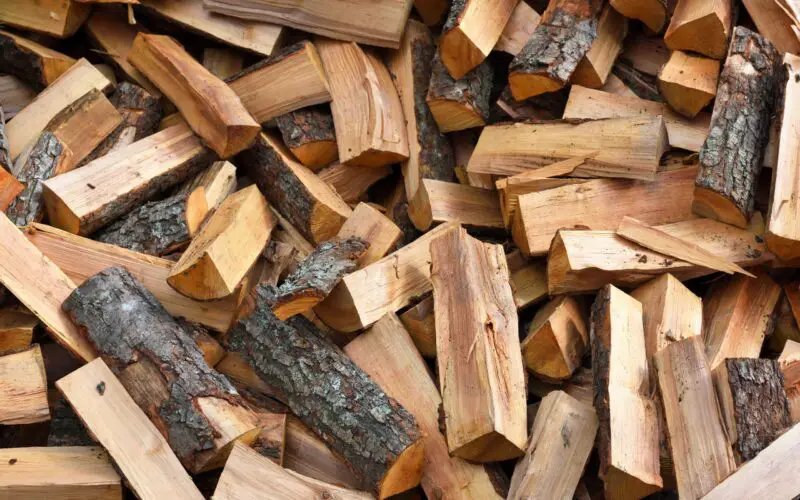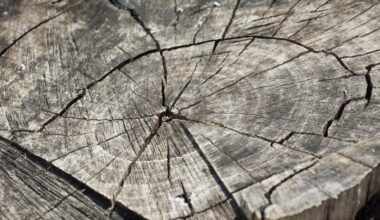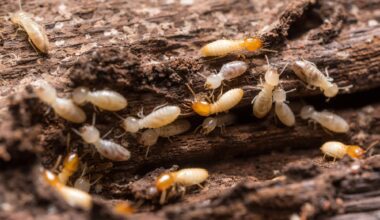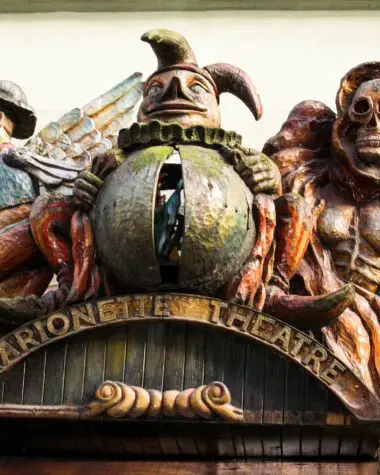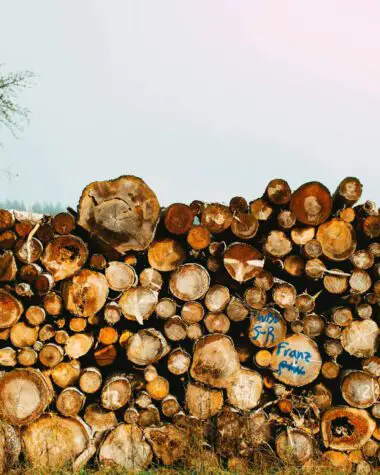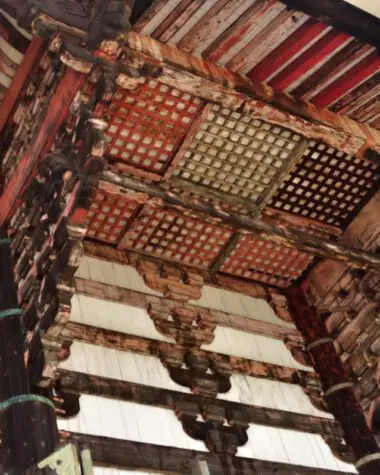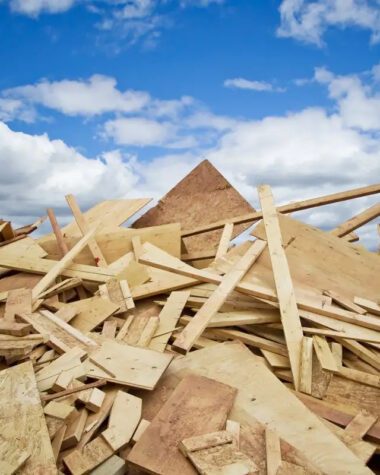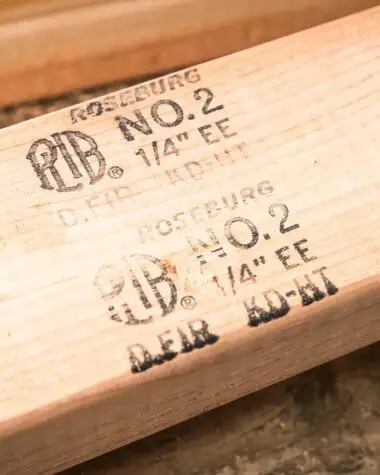Firewood is any harvested wood that is burned as fuel. It is typically not heavily processed and comes in a recognizable wood form. Although it is a renewable resource, the local and regional demand for this fuel may exceed its regenerating capacity.
Firewood is categorized as softwood or hardwood. This wood is different from green wood because greenwood can’t be used for burning due to its high moisture content. Regional variations exist in the harvesting and gathering of firewood. Some locations have designated areas for their collection, while others may include them to get a piece of land ready for planting.
Burning of Wood
For domestic purposes, wood is a sustainable and natural fuel to illuminate or heat homes. By igniting split logs, the firewood-burning stoves offer a healthy option for people to heat their homes.
The practice of wood burning has a benefit over the use of electricity. Unlike electricity, which we are all overly dependent upon, it is readily available and convenient to locate. Furthermore, others used wood residue after burning, called wood ash, as an agent to increase soil fertility. Meanwhile, burning wood has drawbacks as well, such as air pollution.
Stages of Burning Wood
Wood burning is a three-stage, simple process.
- First, moisture is evaporated and then removed from the wood.
- Second, volatile materials start to vaporize into gasses at temperatures more than 500 degrees Fahrenheit.
- The final stage is when gasses and charcoal are burned at temperatures above 1100 degrees Fahrenheit.
How Hot Does Wood Burn?
Burning wood can reach temperatures as hot as 1,100 degrees Celsius (2,012 degrees Fahrenheit). Most kinds of wood will start to combust at about 300 degrees Celsius. Gasses will burn and improve the temperature of the wood to about 600 degrees Celsius (1,112 degrees Fahrenheit).
After the wood has released its gasses, it will create charcoal and ashes. On the other hand, charcoal burns at temperatures above 1,100 degrees Celsius (2,012 degrees Fahrenheit).
Which Wood Burns The Hottest?
With the rising cost of firewood, no doubt you need the firewood that will burn the hottest. Hardwoods burn hotter than softwoods. The reason is that hardwoods are denser, compact, making them longer to ignite.
But once hardwoods do light, they can emit hotter burning temperatures than any other type of wood. Hardwoods will burn more cleanly. Therefore, this will create less creosote compared to softwoods.
Meanwhile, firewood and wood experts agree that a mix of hardwoods and softwoods on a woodpile can help control the burn. Hardwoods can take longer to catch fire but will burn longer; softwoods will ignite fast and burn quickly. Because of this quality, softwoods are ideal for getting the fires going. Once you have a nice fire going, you can add hardwood logs to keep the fire burning hotter and longer.
Why Does Wood Pop When Burned?
When the wood begins to burn, moisture, wood sap, and other elements found in the wood escape, as a result, it causes the popping sound that you hear.
First, the fluids in the chambers start to boil and then begin to vaporize as steam. The steam gets trapped inside the chamber, which exerts pressure on the walls of the wood.
After a while, wood gives way, and the familiar snap, crackle, or pop is heard. This is steam released into the fire from a crevice. If you have used wet wood for firewood, you may have noticed that wood cracks, pops and snaps more than usual. This is because more moisture is trapped in green wood than in dry wood.
What Wood is Toxic to Burn?
Some firewood cannot be burned because it is either harmful to health or creates a mess when burned. You need to be aware of this because doing so could end up harming your family’s health, particularly if you have someone at home who suffers from a respiratory condition.
Treated Woods
Some woods cannot be burned, especially indoors, because these contain very harmful additives like paint, varnish and pressure-treatment chemicals. If you burn this trash, you will release toxic chemicals into the air and pollute your home.
The Environmental Protection Agency claims that these dangerous substances can lead to health problems and will discharge hazardous fumes into the atmosphere. Never burn-treated, painted, or pressure-treated wood for disposal. Do everything you can to utilize the wood, or let the trash collectors remove these.
Big Woods
If the wood is more than five inches in diameter, you must chop it or split it before use. A large piece of wood will be very difficult to light and will only cause a lot of smoke and ash.
Driftwood
According to the EPA, using salt-saturated driftwood as firewood can release toxic or harmful chemicals when burned. It is simply best to leave driftwood alone or use it for décor or home accessories.
Poisonous wood
Never burn wood that is covered with vines. There are poisonous vines like poison ivy, poison sumac, poison oak or anything else with “poison” in the name that releases the irritant oil urushiol into the smoke. Breathing the smoke from these vines can cause severe lung irritation and trigger allergic respiratory conditions.
Types of Wood Used For Firewood
Not all wood is created equal. Some are ideal for construction materials and furnishings, while others produce good fuel. You must be sure of what you’re getting and how much it will cost as you evaluate products with these particular features.
Hardwoods are the finest choice for indoor burning since they can burn slowly and produce the least amount of smoke and heat. The most common hardwoods for firewood are ash, maple, black birch, oak, and walnut.
Best Firewood Based on Heat Value
As mentioned, not all woods are equal. In terms of wood burning, some burn far better than the others. The reason relies on the amount of heat a wood produces known as heat value. It refers to the amount of heat energy a wood source generates when burned.
The heat value of different types of wood varies: a cord of wood with a “high heat value” produces the same amount of heat as burning 200–250 gallons of heating oil. Below are some of the best firewoods rated by their heat value.
High Heat Value
1 cord = 200 to 250 gallons of fuel oil
- Apple
- Ironwood
- Mesquite
- Red oak
- Shagbark hickory
- Sugar maple
- White ash
- White oak
- American beech
- Yellow birch
Medium Heat Value
1 cord = 150 to 200 gallons of fuel oil
- Silver maple
- Tamarack
- White birch
- Red maple
- American elm
- Black cherry
- Douglas fir
Low Heat Value
- Lodgepole pine
- Red alder
- Redwood
- Sitka spruce
- Western red cedar
- White pine
- Aspen
- Cottonwood
- Hemlock
Key Takeaways
Firewood came into existence because humans used wood to create fire. The fire that the wood ignites is useful for different purposes. However, it is important to remember that not all woods are meant to be burned because they may contain toxins, which are dangerous to health. Above all, knowing the facts about firewood and wood burning is a great way to explore the versatility of wood.
